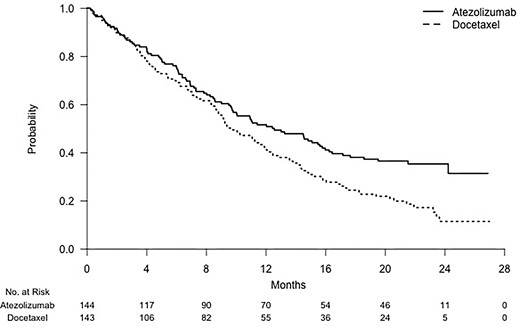July 17, 2024
The authors have written a new article about using average hazard (AH) as compared to restricted mean survival time (RMST) as a measure instead of hazard ratios which are instantaneous measures of effect generally obtained through estimation of a Cox proportional hazards regression model. Their previously proposed alternative measure, average hazard, now includes a survival weight as a ratio of the cumulative incidence probability at tau, the truncation time, and the RMST with the tau and other choices. They proposed a regression analysis method for AH so one can estimate and report magnitude of the treatment effect in both the absolute difference in AH and ratio of AH while adjusting for prognostic factors. They used a log-link for the ratio and an identity link for absolute difference. They then used an estimating equation to obtain regression coefficients. The estimating equation was close to Poisson regression and they used it without the censoring weight which was then derived as a score equation from the Poisson regression approach.
They used Mayo PBC trial data for testing the validity of their methods. They used 4 censoring time distributions: no random censoring, independent censoring, group-specific censoring, and covariate-dependent censoring. They found AH-Cox performed well for all of their scenarios with minimal bias and coverage probability close to nominal level. They also found that misspecification of tau could lead to biased results unless the model was Poisson. They also used overall survival data from the POPLAR study, a multicenter, open-label, phase II randomized immunotherapy trial. They compared RMST regression to AH regression on this dataset, which showed more stability in coefficients even with varying tau. Overall, these methods have still been advantageous as compared to the Cox model due to the difficulties of meaningful hazard ratios and of making assumptions like proportionality.
Written by,
Usha Govindarajulu, PhD
Keywords: survival analysis, RMST, AH, Cox model, hazard ratio, weight
References
Hajime Uno, Lu Tian, Miki Horiguchi, Satoshi Hattori, Kenneth L Kehl, Regression models for average hazard, Biometrics, Volume 80, Issue 2, June 2024, ujae037, https://doi.org/10.1093/biomtc/ujae037
